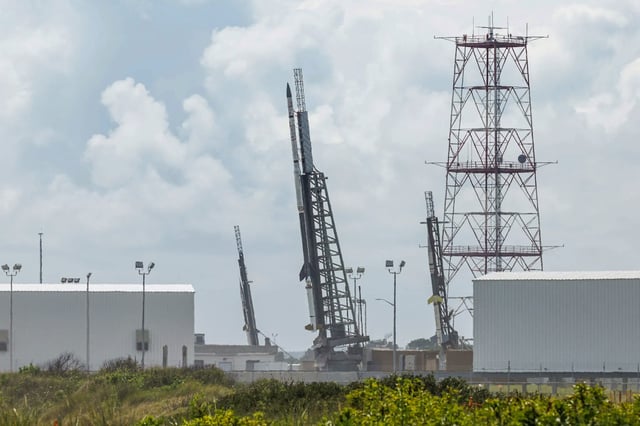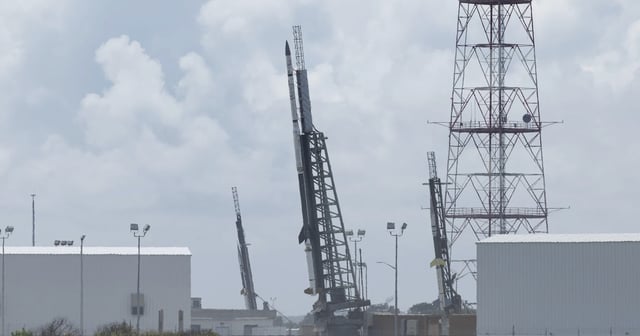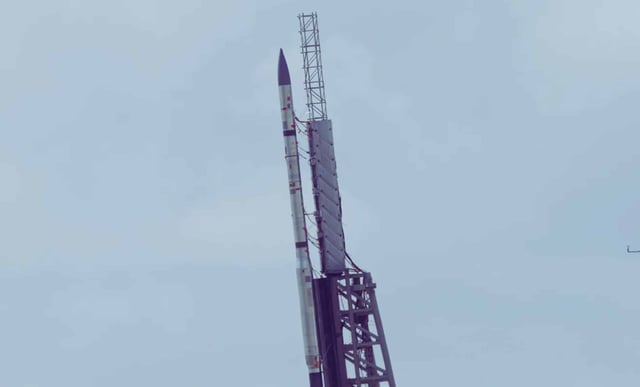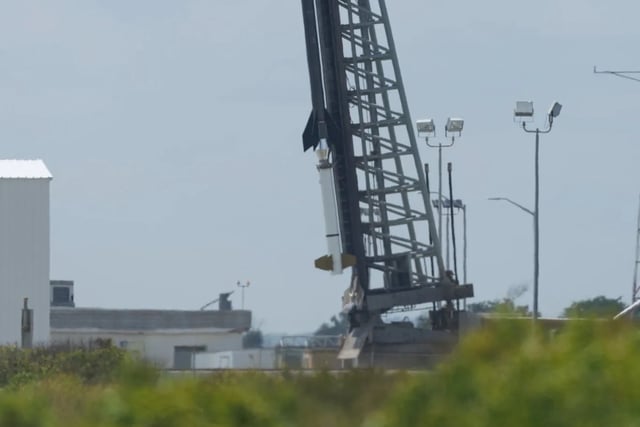Overview
- The three suborbital rockets have a launch window from 10 p.m. to 3 a.m. ET, with liftoff attempts from NASA’s Wallops Flight Facility in Virginia.
- Weather permitting, visible vapor plumes could be seen across parts of New Jersey, Delaware, Pennsylvania, Virginia and North Carolina within seconds of launch, including 10–30 seconds after liftoff in the Philadelphia area.
- Two rockets will launch nearly back to back to release tracer clouds, followed about five minutes later by a third rocket that fires a laser to track how the tracers twist and move.
- The tracers use small amounts of barium, lithium and an aluminum compound to help visualize motion in the mesopause, a region roughly 53–65 miles up that is too high for balloons and too low for satellites.
- Prior attempts were scrubbed due to poor weather and rough seas linked to Hurricane Erin, and NASA plans a livestream with additional opportunities available through Sept. 3 if conditions do not cooperate.



